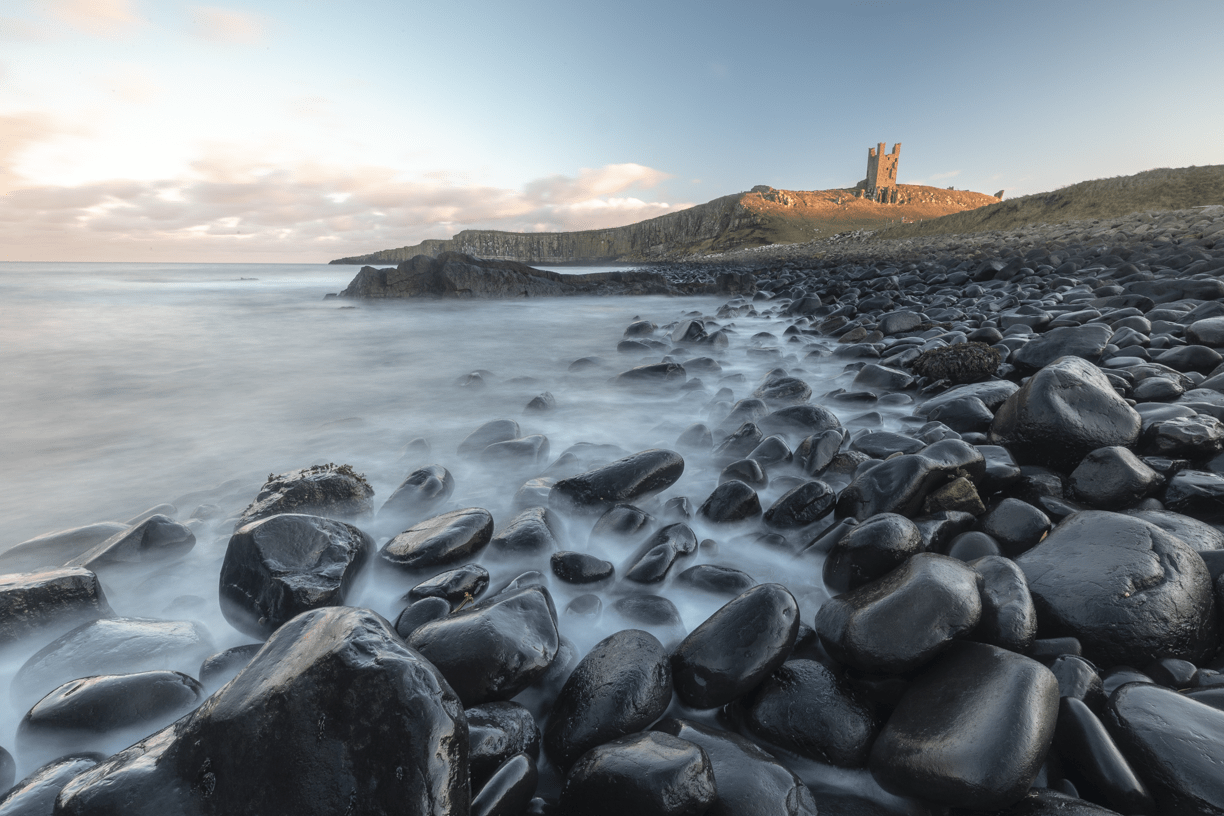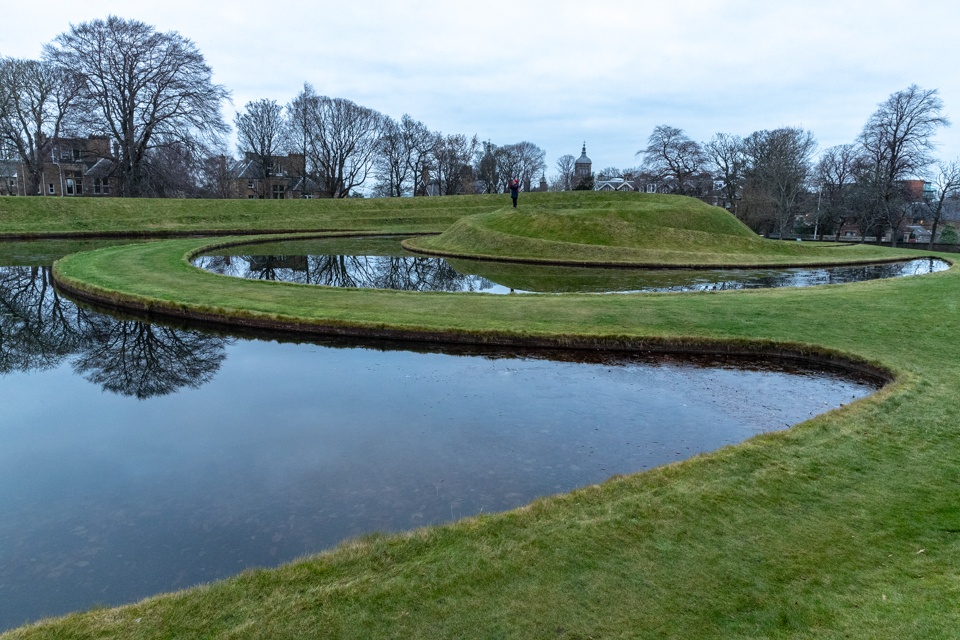January 2, 2019
Leading Line – Composition Part 2
Guide your viewers to see what made you take a photograph

The art of a photographer’s skill is conveying to the viewer the same emotions and feelings that you saw at the time of taking the shot. This is where composition techniques will help you to guide the viewer to the subject of the image. In this second of a series of composition techniques, we are going to look at leading lines.
Straight Leading Line
When thinking about taking a shot, you need to decide what it is that you want a viewer to look at. This point of interest is known as the subject. As most photographs aren’t taken in a bare-walled subject, the question then is how do you make the subject stand out from the rest of the objects that are also in the frame?
It’s going to be much easier to engage the viewer by only having one subject in the frame. If you feel that to explain the shot you need to say that it is a picture of x, behind, y and looking at z then it is unlikely the viewer will be noticing the same things as you.
This image of the Bridge to Nowhere at Belhaven Bay was taken during one of our Landscape and Seascape workshops. It is very clear that the subject is the bridge. The viewer has had this confirmed to them by the invitation to walk from the right-hand corner of the image, along the path and onto the bridge. This is the simplest form of a leading line. It is often the case that leading lines work best when they start from one of the corners of the image and take the viewer into the photograph. Remember, you are trying to retain the interest of the viewer and so moving them from outside to inside is going to assist you.

Virtual Leading Line
We can take the leading line concept further by combining it with the rule of thirds we covered in the first part of the series. In this image of Dunstanburgh Castle in Northumberland, the subject is sat on the upper-right third of the image. The leading line has been created by positioning the camera so that the rocks in the foreground lean toward the castle. This again is taking the viewer from the edge of the image into the frame. You can see this is a much subtler line but equally as effective.

Leading Line as the Subject
This final way of using a leading line is using the subject itself to retain the viewer inside the image. Charles Jenks is known for his impressive landforms. This one sits outside the Scottish National Gallery of Modern Art in Edinburgh. As you can see it lends itself to the use of leading lines. The most obvious ‘S’ shaped line takes you from the bottom left corner into the installation. You’ll also notice there is a secondary line coming from the right and bringing the viewer back into the frame. There is then a third more subtle line coming from the left of the image along the top of the landform.
Each of these leading lines is bringing the viewer into the frame and away from the edges. As a result, it creates a much more compelling image than if it had been taken from a different angle.

If you would like to sign-up to our monthly newsletter, we have recently introduced a monthly theme to our members where you can practice your composition techniques.